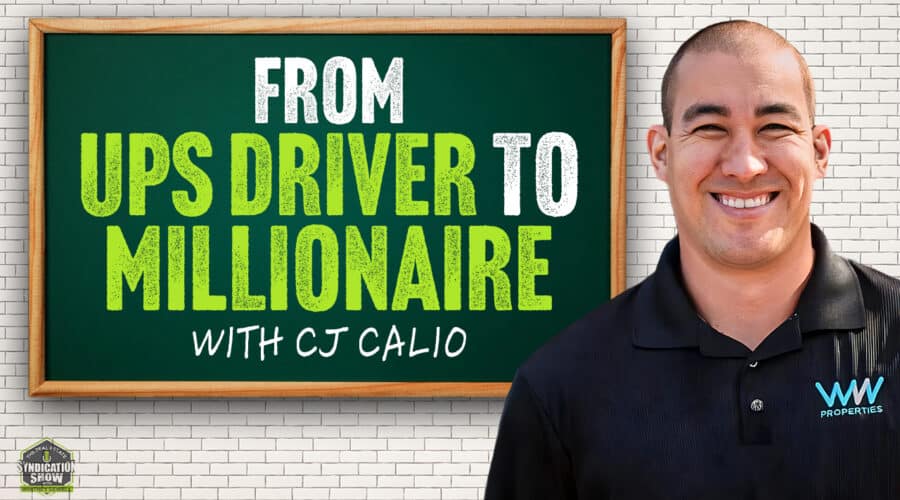Unlike traditional 401(k) retirement accounts, a solo 401(k) can allow for direct investment in real estate, giving investors an additional way to reap tax benefits while growing their retirement accounts through appreciation and income. Here’s everything you need to know about how to invest in real estate with a solo 401(k).
Life Bridge Capital is a leading real estate syndication company. We offer our investment partners the opportunity to leverage shares of multifamily rental properties into a passive monthly income. Learn More
What Is a Solo 401(k)?
A solo 401(k), also called a self-directed 401(k), is a retirement account for those who are self-employed, have self-employment income, or are small-business owners with no employees other than themselves or their spouse.
Advantages of Solo 401(k) Accounts
Like traditional 401(k) accounts, solo 401(k) accounts offer tax advantages that make them desirable to put aside money for the future. Contribute now with pre-tax dollars, or establish a Roth Solo 401(k) to fund with after-tax dollars that can be withdrawn tax-free starting age 59 ½.
One major perk over traditional 401(k) accounts is the increased contribution limits for self-directed 401(k) accounts. Whereas traditional accounts cap annual contributions for account owners under 50 at $19,500, individuals can contribute $58,000 per year to a solo 401(k). Catch-up contributions also increase to $64,500 per year for those 50 and older for solo 401(k) accounts.
In addition to the ability to contribute much more, account holders have many more options to grow that wealth once in the solo 401(k), including real estate investing. While standard 401(k) accounts limit real estate investing to REITs or real estate ETFs, solo 401(k) account holders can actually purchase and hold real estate through their accounts.
How to Purchase Real Estate with a Solo 401(k)
Purchasing real estate with a solo 401(k) is much like any other real estate transaction, but the account holder must take a few extra steps to set up the 401(k) and an entity by which the 401(k) can purchase a property.
1. Establish and Fund a Solo 401(k)
Create a self-directed 401(k) through your preferred financial or brokerage institution. Be prepared to provide an Employer Identification Number, and the financial institution usually requires the completion of an application and a plan adoption agreement.
The institution usually creates a trust at the same time it sets up the solo 401(k). The account owner is the trustee of the trust, and the trust acts as the entity that purchases property for the 401(k). The name of the trust will be the name on all the paperwork relating to the property purchase.
After establishing the solo 401(k), fund it by rolling over money from another retirement account or depositing new funds into the account. Pay all funds needed for the property transaction out of this specific solo 401(k) account. For accounts with a “checkbook control” feature, the account holder simply writes a check from the 401(k). Alternatively, a checking account may be added to the 401(k) trust for this exact purpose.
2. Determine Financing
Most commonly, investors purchase real estate via a solo 401(k) with cash. Others obtain debt financing through a non-recourse loan. These loans use the real estate as collateral, and the lender can not pursue other 401(k) assets in the event of default.
3. Create the Offer and Deposit Earnest Money
When purchasing a property with solo 401(k) funds, the process of offer, acceptance, inspection, and appraisal will be just the same as traditional real estate transactions. The critical difference is the 401(k) trust name replaces the individual’s name on all paperwork, including the offer.
Some choose to set up a Limited Liability Corporation to protect the solo 401(k)’s assets. However, this optional step does trigger the need for additional paperwork, including a Special Purpose Solo 401(k) LLC Operating Agreement.
When under contract, all funds paid toward the transaction, including the earnest money, must be paid from the 401(k) rather than from an individual account.
4. Close on the Property
All funds brought to closing must be paid from the 401(k) account. In addition, all paperwork and documentation must be under the account’s name.
Things to Remember When Purchasing Real Estate with a Solo 401(k)
Purchasing real estate with solo 401(k) funds can be a great way to build savings for the future, but it does come with a few rules that, if broken, can have serious financial ramifications.
Keep in mind that the 401(k) remains the real estate owner, and any resulting income should go directly into the 401(k) account. Likewise, any funds paid for property expenses should be paid from the 401(k).
The IRS promulgated many rules about disqualified persons who cannot reside in the property until the 401(k) account owner reaches 59 ½. For example, this means that the account holder and their close relatives cannot live on the property. Therefore, ensure that you thoroughly understand the IRS restrictions regarding solo 401(k) accounts before purchasing.
Consider Real Estate Syndication
In addition to buying property directly with a solo 401(k), you can also use your account to invest in a real estate syndication. Real estate syndication allows individual investors to participate in larger real estate investment projects than they might normally be able to participate in due to lack of capital. In a real estate syndication, a group of investors pool their funds through an overarching project sponsor, who is in charge of managing all aspects of the project. Meanwhile, individual investors can enjoy passive investment through rent collection–and they may also enjoy a return on their investment at the time of property sale, depending on the structure of the deal.
Life Bridge Capital is a leading real estate syndication company. We offer our investment partners the opportunity to leverage shares of multifamily rental properties into a passive monthly income. Learn More



